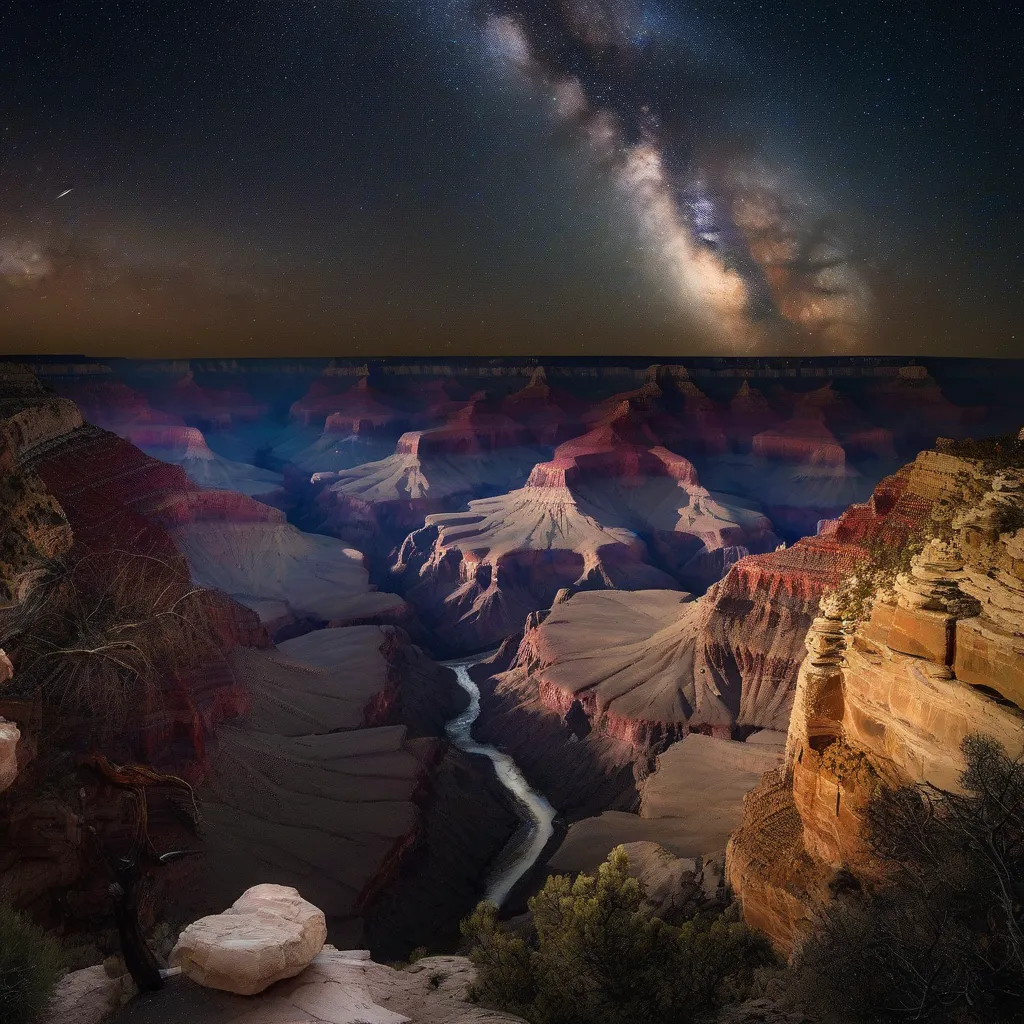Have you ever gazed at the night sky, mesmerized by the twinkling stars and wondered, “How far away is that?”. It’s a question that has captivated humanity for millennia, pushing us to explore the vastness of the cosmos. One way we measure these mind-boggling distances is by using the distance light travels in a year, a unit we call a “light-year.”
Understanding a Light-Year
The speed of light is a universal constant, clocking in at a staggering 670,616,629 miles per hour (approximately 299,792,458 meters per second). To put that into perspective, imagine circling the Earth seven and a half times in just one second!
A light-year, then, isn’t a measure of time but of distance – the incredible distance light travels in one Earth year. It’s approximately 5.88 trillion miles (9.46 trillion kilometers). To grasp this immensity, consider this: if you were to drive at a steady 60 mph, it would take you over 11 million years to cover the distance light travels in a single year!
A Cosmic Yardstick
Light-years serve as the ruler by which we measure the universe. Our closest stellar neighbor, Proxima Centauri, is a mere 4.24 light-years away. That means the light we see from it today left the star over four years ago!
Looking further, the Andromeda Galaxy, our nearest galactic neighbor, is about 2.5 million light-years distant. The light reaching our telescopes from this swirling mass of stars embarked on its journey long before humans even walked the Earth.
Traveling the Universe
While the idea of traversing such vast distances is captivating, current technology limits us to our own solar system. However, the pursuit of understanding these astronomical scales fuels our imagination and inspires us to dream of reaching for the stars. Just imagine the possibilities! Maybe someday, trips to distant star systems will be as commonplace as a weekend trip from New York City to the Grand Canyon National Park.
Looking Back in Time
Gazing into the night sky is like looking back in time. When we observe distant objects, we see them as they were when the light we observe left them. A star 1000 light-years away appears to us as it was 1000 years ago. This allows astronomers to study the early universe and understand how galaxies formed and evolved.
 Illustration of a Light-Year
Illustration of a Light-Year
FAQs about Light-Years
- Is it possible to travel at the speed of light?
According to Einstein’s theory of relativity, nothing with mass can travel at the speed of light. - How do astronomers calculate distances in light-years?
They use various techniques like parallax and standard candles to measure distances to celestial objects. - What is the farthest object we can see?
The most distant objects we’ve observed are galaxies billions of light-years away, their faint light remnants of a much younger universe.
Explore the Universe with Travelcar.edu.vn
Want to learn more about the wonders of the cosmos and plan your next earthly adventure inspired by the stars? Visit travelcar.edu.vn for travel tips, destination guides, and inspiring travel stories.
 Stargazing at the Grand Canyon
Stargazing at the Grand Canyon
Conclusion
The concept of a light-year, while challenging to grasp fully, allows us to appreciate the sheer scale and grandeur of the universe we inhabit. Every time you look up at the night sky, remember that you are witnessing light that has journeyed for incredible distances, carrying with it stories of distant stars and galaxies.